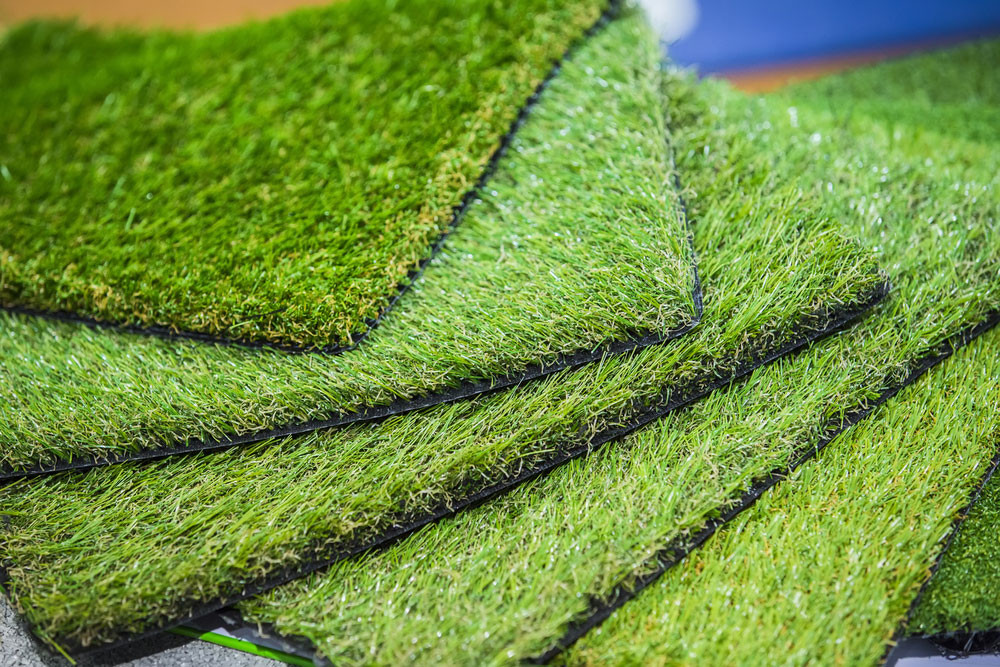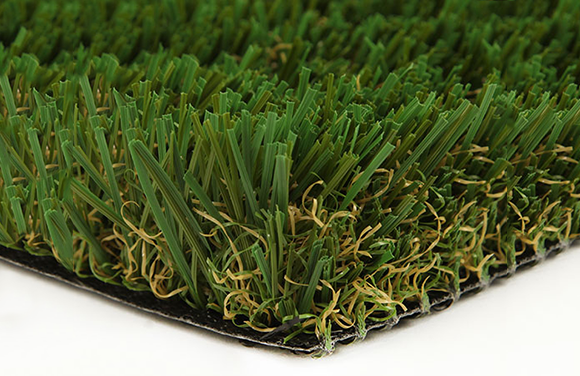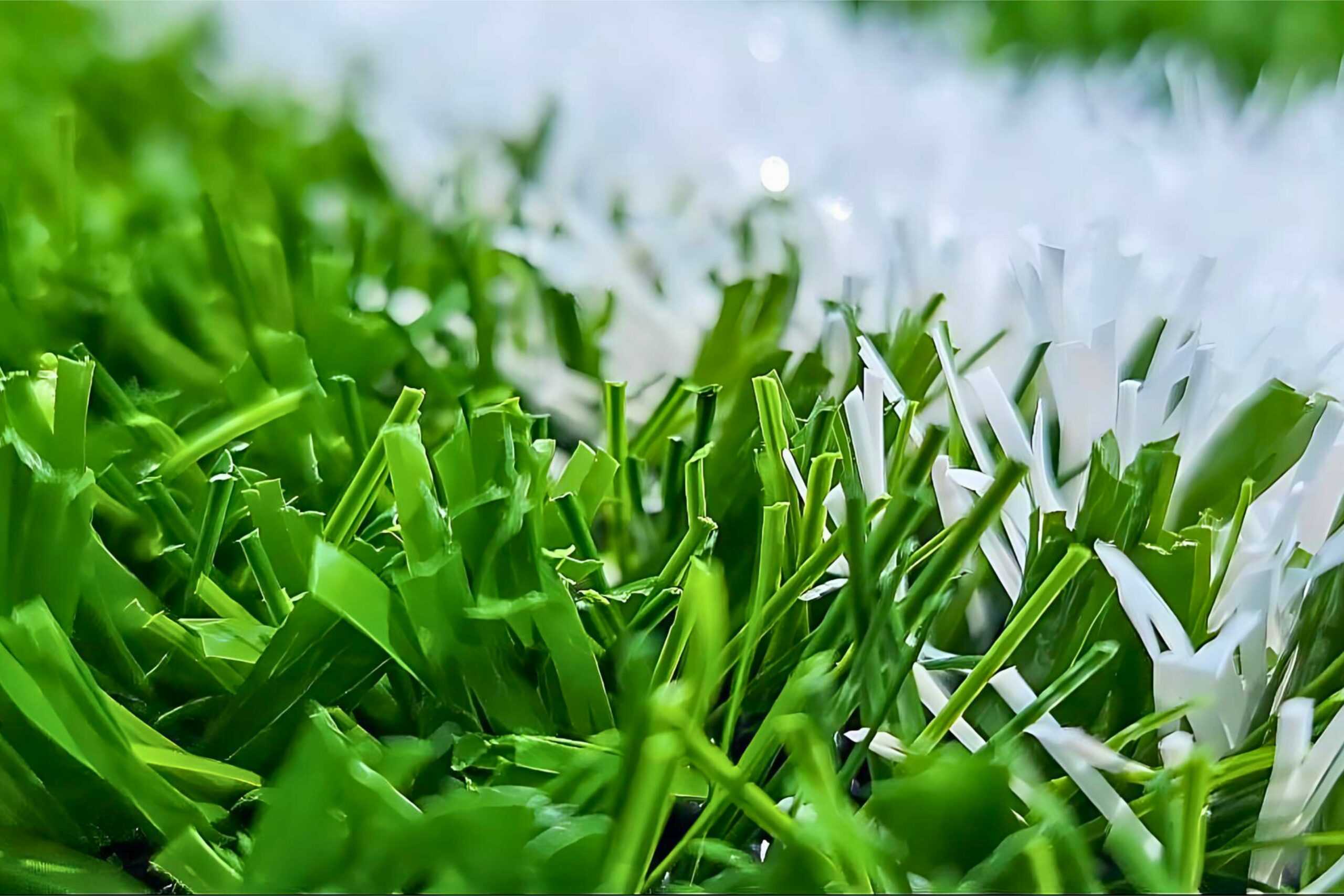Top-Rated Phoenix Turf Companies Specializing in Synthetic Grass Options
Top-Rated Phoenix Turf Companies Specializing in Synthetic Grass Options
Blog Article
Delve Into the Environmental Conveniences of Opting for Synthetic Grass Solutions
The fostering of synthetic grass solutions offers an engaging possibility to deal with pushing ecological challenges. By significantly lowering water use and minimizing the application of harmful chemicals, these choices not only advertise lasting landscape design but additionally shield neighborhood communities. The lower carbon footprint associated with reduced maintenance activities adds to a more lasting approach to land administration. The effects of these advantages prolong past simple preservation efforts, elevating questions about their lasting effect on habitat preservation and overall eco-friendly balance. Checking out these dimensions exposes a complex interaction worth thinking about.
Water Conservation Perks
One of the most significant advantages of man-made turf is its ability to conserve water. In comparison, fabricated lawn does not need watering, dramatically lowering the total need for water resources.
By removing the demand for routine watering, synthetic grass adds to sustainable landscape practices and aids mitigate the environmental effect of extreme water consumption. Additionally, the preservation of water encompasses the decrease of overflow, which can lead to dirt disintegration and waterway contamination.
Furthermore, the installment of synthetic grass allows homeowners and communities to designate water sources extra efficiently, concentrating on essential uses such as drinking water and farming. The change in the direction of synthetic turf not just advertises accountable water use but also aligns with broader environmental objectives targeted at preserving all-natural sources.
As areas significantly prioritize sustainability, the water preservation benefits of synthetic grass present a compelling case for its adoption in commercial and property landscaping tasks.
Decreased Chemical Use
The shift to fabricated lawn significantly lowers the reliance on chemical therapies commonly used in all-natural grass maintenance. Typical turf management commonly entails the application of chemicals, herbicides, and fertilizers to advertise development and control bugs. These chemicals can posture threats to human health, regional wildlife, and the environment, adding to dirt and water contamination.
In contrast, man-made turf gets rid of the demand for these hazardous substances. By minimizing the launch of artificial compounds right into the community, man-made grass promotes much healthier dirt and water systems.
In addition, the lack of chemical runoff connected with man-made grass installations assists shield local waterways from pollution, supporting water life and keeping biodiversity. Arizona turf. As neighborhoods increasingly focus on sustainable techniques, selecting synthetic grass provides a feasible service that straightens with environmental preservation objectives. With this change, homeowner can take pleasure in lush eco-friendly areas without jeopardizing ecological health, leading the way for a much more lasting future
Lower Carbon Impact

Furthermore, the setup of synthetic grass can cause significant water preservation. Natural yards require substantial amounts of water for watering, which not just contributes to the carbon impact associated with water extraction and treatment but additionally stress neighborhood water resources. On the other hand, synthetic grass requires minimal maintenance, calling for no watering, consequently substantially lowering water use and its associated power prices.
In addition, the longevity of synthetic grass adds to its lower carbon influence. With a lifespan of as much as 15 years or even more, the requirement for regular substitutes is decreased, causing less waste and reduced power consumption in manufacturing and getting rid of traditional turf alternatives. On the whole, synthetic turf offers a lasting option for environmentally conscious landscaping.
Environment Conservation
Environment conservation is an essential factor to consider in the dispute over landscape design options, particularly when contrasting synthetic turf to natural grass. All-natural lawn lawns usually need considerable upkeep, including making use of plant foods, herbicides, and pesticides, which can detrimentally affect local communities. These chemicals can leach right into the soil and waterways, hurting native plants and fauna and interfering with regional environments.
Fabricated grass eliminates the requirement for unsafe chemicals, therefore protecting nearby wild animals and maintaining the stability of surrounding ecosystems. The installation of synthetic turf can lead to the conversion of previous grass locations into more biodiverse landscapes, such as pollinator gardens or indigenous plant areas, which can support regional wild animals.
Eventually, the change to synthetic lawn not only preserves i thought about this water and reduces maintenance efforts yet additionally promotes an extra unified partnership between human activities and the natural surroundings, promoting environment conservation in the process.
Long-Term Sustainability
Lasting sustainability is a crucial aspect in reviewing the advantages of artificial lawn over traditional yard lawns. Among one of the most substantial i was reading this advantages of artificial turf is its sturdiness; it can last up to 15-20 years with marginal maintenance, whereas natural turf requires frequent reseeding and substitute. This longevity lowers the requirement for consistent sources, such as water, plant foods, and chemicals, which are necessary for maintaining a healthy and balanced grass yard.
Additionally, synthetic grass adds to a decrease in carbon emissions associated with lawn treatment tools. Typical yards often require gas-powered mowers, leaners, and blowers, all of which add to air contamination. Phoenix turf companies. On the other hand, synthetic grass removes the demand for such tools, promoting a cleaner atmosphere
Furthermore, the production of artificial grass progressively utilizes recycled products, improving its sustainability account. As suppliers take on eco-friendly methods, the ecological impact of synthetic grass proceeds to reduce.

Final Thought
The fostering of fabricated grass remedies presents significant ecological advantages, consisting of significant water preservation, reduced reliance on damaging chemicals, and a reduced carbon impact. Synthetic grass help in protecting all-natural habitats by lessening land disturbance and promoting long-term sustainability with the use of durable materials. Jointly, these elements emphasize the possibility of artificial lawn to contribute positively to ecological health and wellness and supply a feasible alternative to conventional landscaping techniques in a progressively resource-conscious world.
In comparison, synthetic lawn does not need watering, significantly reducing the general demand for water sources. By reducing the release of artificial substances into the environment, artificial lawn advertises much healthier dirt and water systems.
In addition, the installation of fabricated turf can result in considerable water conservation. In comparison, artificial lawn requires very little upkeep, calling for no watering, therefore significantly lowering water use and its associated energy expenses.

Report this page